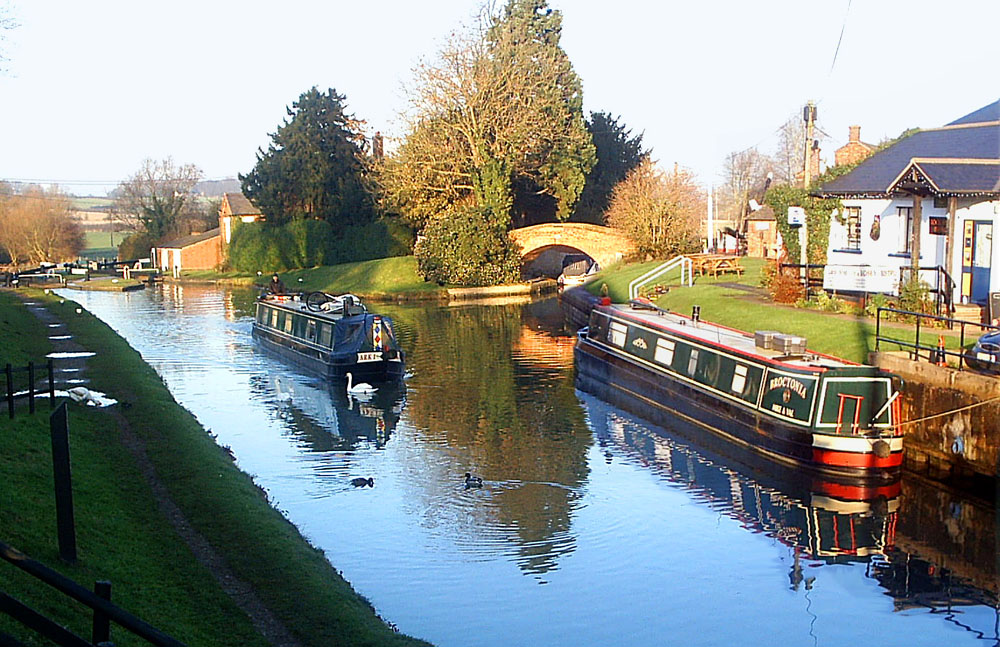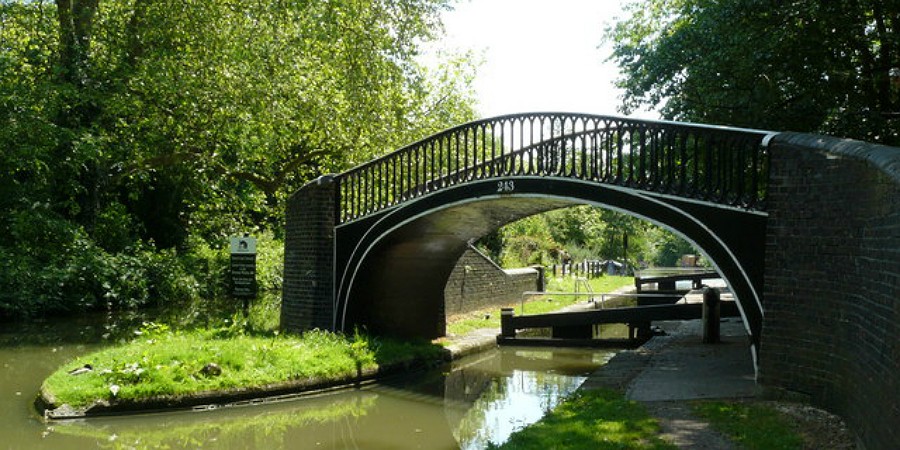By Maria Papagiannopoulou,
The Oxford Canal is a peaceful sanctuary in the heart of the city, ideal for feeding the ducks. Visitors can take a trip up to the Trap Grounds Town Green and Local Wildlife Site, which has been designated as a “town green” where residents may enjoy bird viewing and blackberry picking. Its eight acres of reed beds, ponds, forest, and meadows are now home to dragonflies, bats, butterflies, lizards, and grass snakes, as well as reed warblers, kingfishers, and other wildlife.
The canal connects Oxford’s attractive academic city with Coventry’s three spires. The canal’s southern section has mostly remained unmodified, with its twisting route unaffected by mid-nineteenth-century straightening projects. Simple black-and-white lift bridges are strewn throughout this section.
The Oxford Canal Walk is a long-distance route that runs from Oxford to Hawkesbury along the towpath. The canal’s mild structure, with few lock flights, allows you to walk the entire way (though you may need to check the condition of the path as grassy areas can get muddy). As you take in the breathtaking landscape, you will never forget about it.
History of the Oxford Canal
The Oxford Canal is one of the first canals to be built. After James Brindley’s unexpected death in 1772 at the age of 56, it was developed by Samuel Simcock and Robert Whitworth. Between 1774 and 1790, it was built in stages to transport coal from the Coventry coalfields to Oxford and the River Thames. Brindley’s great proposal for a waterway “cross” joining the rivers Thames, Mersey, Trent, and Severn included the canal.
The Oxford Canal was given a coordinated connection with London through the Thames, and for a few long times was colossally productive. The entry of the Grand Junction Canal, connecting Braunston to London and afterward getting to be the spine of the Grand Union Canal, finally broke its stranglehold and viably bypassed the southern half of the Oxford Canal.

In any case, it brought more activity to the northern segment, which before long required updating. The Oxford Canal was initially built to the form strategy favored by Brindley, which not only implied that earthworks were limited, but that the canal might call at numerous towns and wharves along the course. The downside to this approach was long travel times.
Within the 1830s, Marc Brunel and William Cubitt made the most improvements in the canal’s design to straighten Brindley’s unique line. Several of the resulting “loops”, where the unused line cut up the ancient, can still be seen: a few have been utilized as quiet moorings. Other advancements included the duplication of locks at Hillmorton. Moreover, within the 1830s, the stretch between Napton and Braunston, where the canal offers its course with the modern-day Amazing Union Canal, was broadened.
But the southern segment between Napton and Oxford remains surprisingly untainted and offers a reminiscent knowledge into canal life because it would have been two centuries prior. The exchange started to truly decrease on the Oxford Canal after World War II, but commerce proceeded well into the 1960s.
Tooley’s Boatyard, in Banbury, is popular as the spot from where canal pioneer Tom Rolt set out on his 1930s travel around the waterways. His voyages in Cressy were deified within the book Contract Watercraft, which straightforwardly driven to the arrangement of the Inland Waterways Association and the campaign to spare the conduits. The boatyard has recently been renewed as the centerpiece of the Castle Quays shopping advancement.
The noteworthy Oxford end of the canal is long misplaced, sold to Nuffield College, and redeveloped as an open car stop. In any case, support is developing for recommendations to restore it as the heart of a modern social quarter for the city.
References
- Oxford Canal, Wikipedia, Available here
- The North & South Oxford Canal, canaljunction.com, Available here
-
Oxford Canal, canalrivertrust.org.uk, Available here




